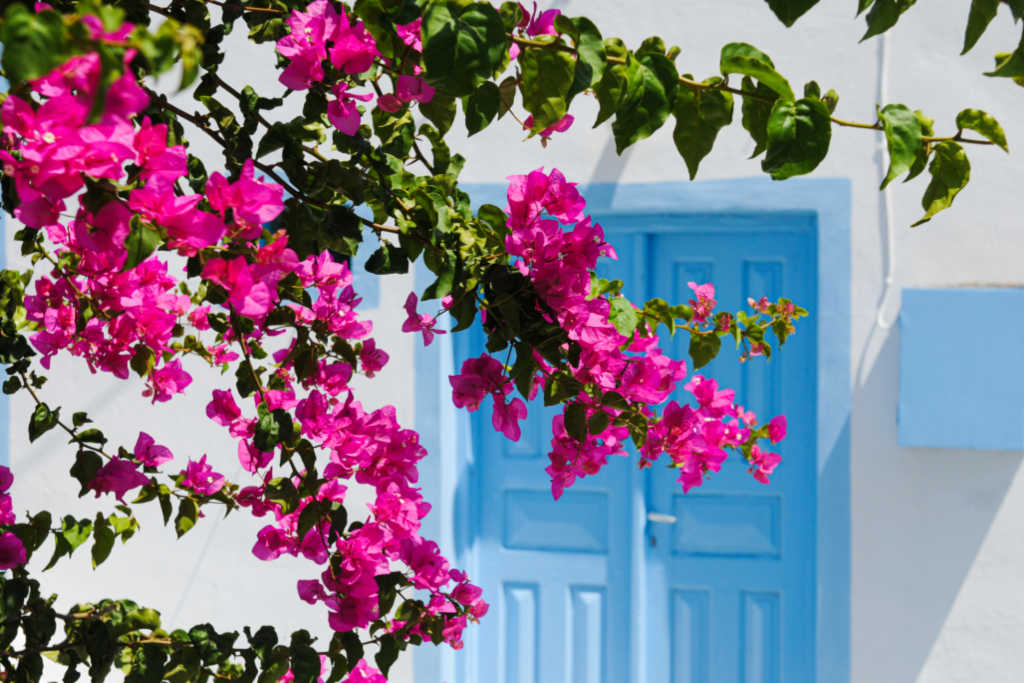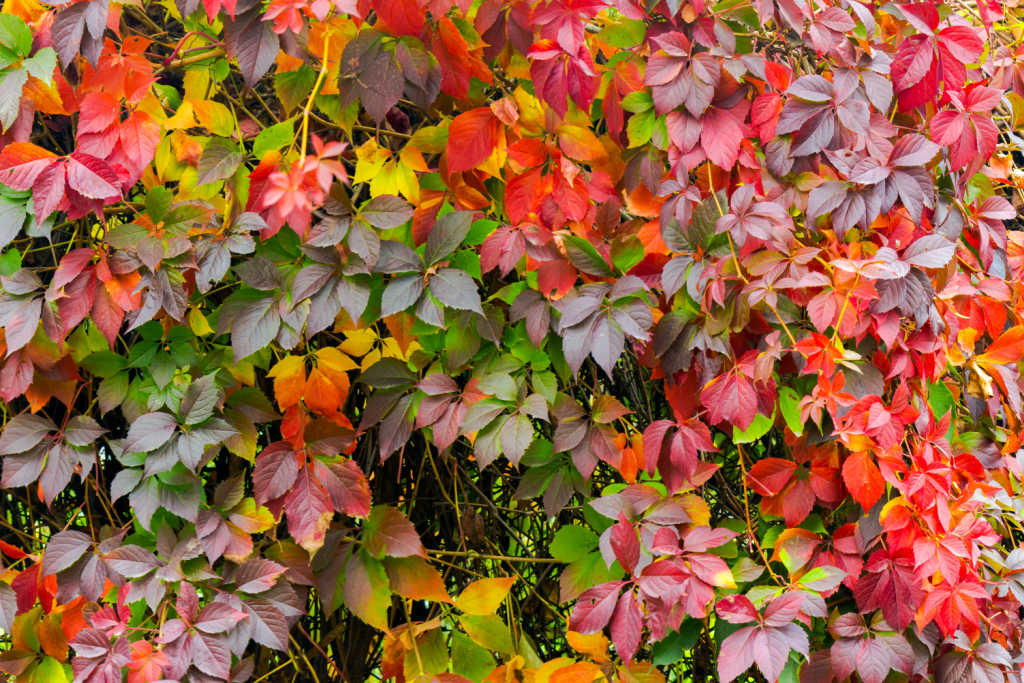
When choosing plants for your garden, it is important to take a few factors into consideration. First of all, remember that most plants need adequate space to grow properly. Providing them with too little space may cause them to suffer. Make sure to measure your plot, and consider using a container when designing your garden.
Choosing native plants
When choosing native plants for your garden, it’s important to choose those that will grow well in the soil where you live. Each plant species has a specific range of soil types that it requires to thrive. Some are tolerant of a wide range of soil types, while others are more specialized. For instance, coneflowers thrive in hot, dry conditions, while yellow woodland foxglove grows best in dry shade.

Native plants originated in a specific region and are well-adapted to the conditions there. This means that they require less care and resources than non-native plants. Native plants are also beneficial to wildlife. Whether you’re an expert gardener or a novice, native plants are an excellent choice for any garden.
Native plants can also complement existing native species. When choosing plants for your garden, consider how much space you have and the look you want. You’ll want to avoid crowding the area with plants of similar height. For instance, a natural look involves a wide variety of plants in a varying range of heights. This allows birds and other wildlife to find a safe habitat. Choosing the right type of plants will make your garden more attractive and help mitigate the effects of climate change.
Choosing plants that thrive in shade
In many cases, gardening in a shaded area can be difficult, but with a few key considerations, you can create an eye-catching landscape even in a spot that receives limited light. Hostas, for example, are a popular choice for gardening in a shaded area because of their large, showy leaves that vary in colour and texture. They also add a beautiful splash of colour to your landscape. A word of warning, though: hostas are toxic for pets and should not be placed in an area where pets are likely to eat them.

If you are choosing plants for a shaded area, consider planting plants native to the area. These are plants that are used to living under woodland trees. Some of these plants are early-flowering shrubs and small trees that will brighten up your woodland. You can also use low-growing native groundcovers that will produce flowers and ornamental fruit. Shade-loving plants are also a good choice for a shaded garden since some varieties are tolerant of sunlight.
Choosing plants that bloom at different times of the year
Choosing plants that bloom at different times of the year can provide a continuous show of colour. You can plant flowers that bloom at different times of the year, and you can also choose shrubs and trees with good fall colours. The best time to plant different kinds of flowers will depend on the time of year and climate, but there are some general rules to follow when choosing plants for your garden.

The first step in planting a four-season garden is deciding which flowers will bloom and when. Decide whether you want flowers in spring, summer, fall, or winter. Consider which parts of the country receive more sun and how much you need for your plants. If possible, select native species. You can also consult your local Cooperative Extension office for plant advice. In northern climates, you may want to add some forsythia for spring colour. In southern climates, plant a hardy camellia for winter colour. If you live in a colder climate, consider planting an evergreen holly or firethorn for winter colour. You can also plant chokeberry bushes for a winter berry display.
Avoiding aggressive plants
Aggressive plants can be detrimental to your garden. They are prolific producers and have evolved to survive by any means possible. They are usually difficult to remove and can leave behind clumps of new growth. They can even produce hundreds of thousands of seeds in a single season. This is why it is best to avoid using aggressive plants in your garden.
Some of the most aggressive garden plants are invasive, which means that they spread very quickly and are hard to control. While they can be useful for some landscaping needs, their aggressive nature makes them undesirable for most gardens. Invasive plants are common in meadows, steep hillsides, and wide open areas. They can be very useful for erosion control, but they can also wreak havoc on small, organized gardens.

The best way to avoid invasive plants is to keep the design of your garden centre on native plants. While it can be tempting to plant only native species in your area, this can be limiting. You need to find native plants that will thrive in your area, and that are not threatening to the ecosystem.